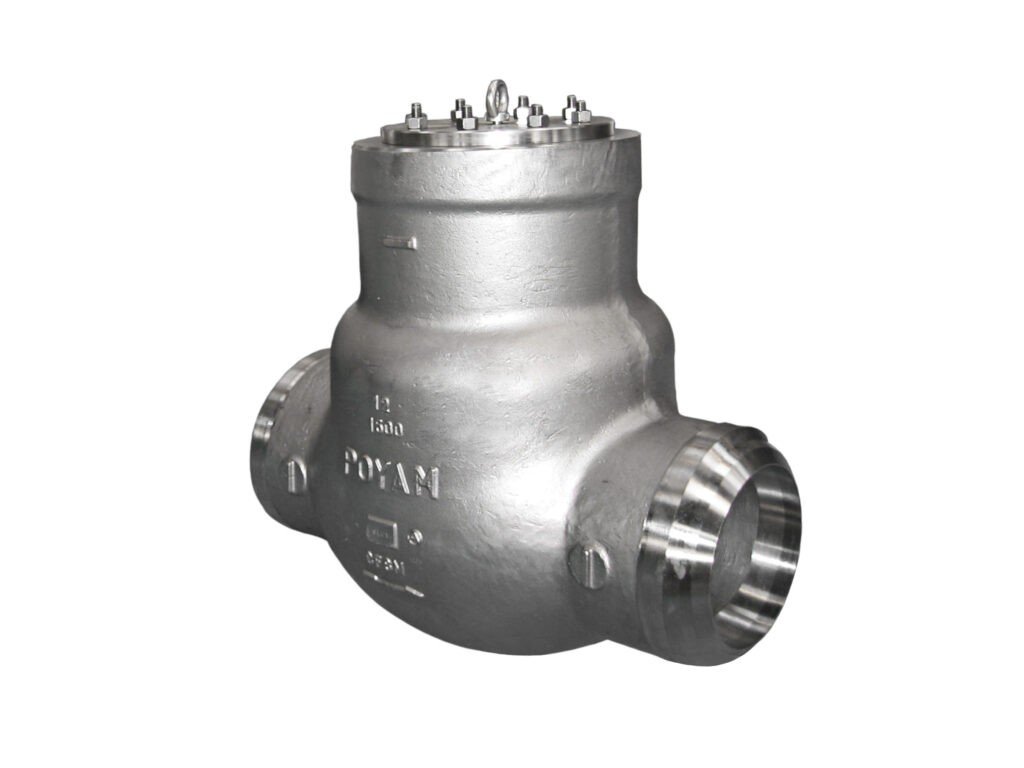Conclusion: Why Trunnion Valves Are the Premier Choice for High-Pressure and Critical Applications

Professional high-pressure valve applications in industrial settings
The trunnion mounted ball valve is more than just a piece of hardware; it is a feat of engineering designed for the most demanding environments. Its unique trunnion-supported ball design translates directly into lower operating torque, superior sealing performance, and enhanced safety.
While the initial investment may be higher than a floating ball valve, its long-term reliability, lower operational costs, and suitability for critical service make it the undisputed premier choice for high-pressure, large-diameter, and essential isolation applications across the globe.